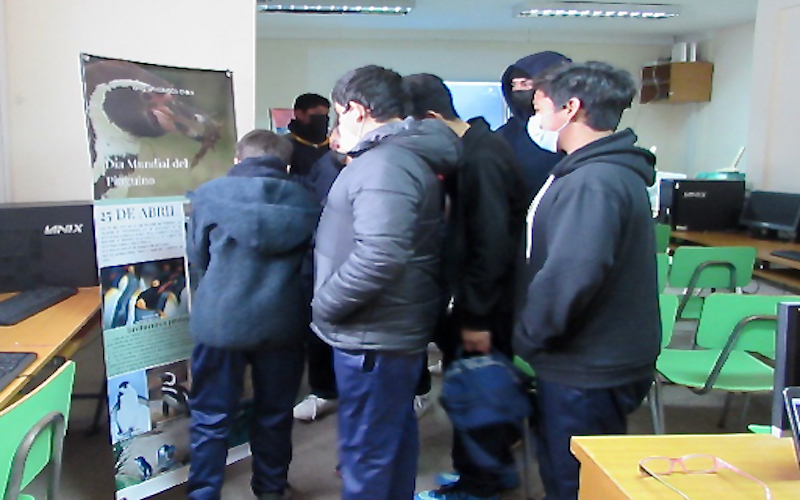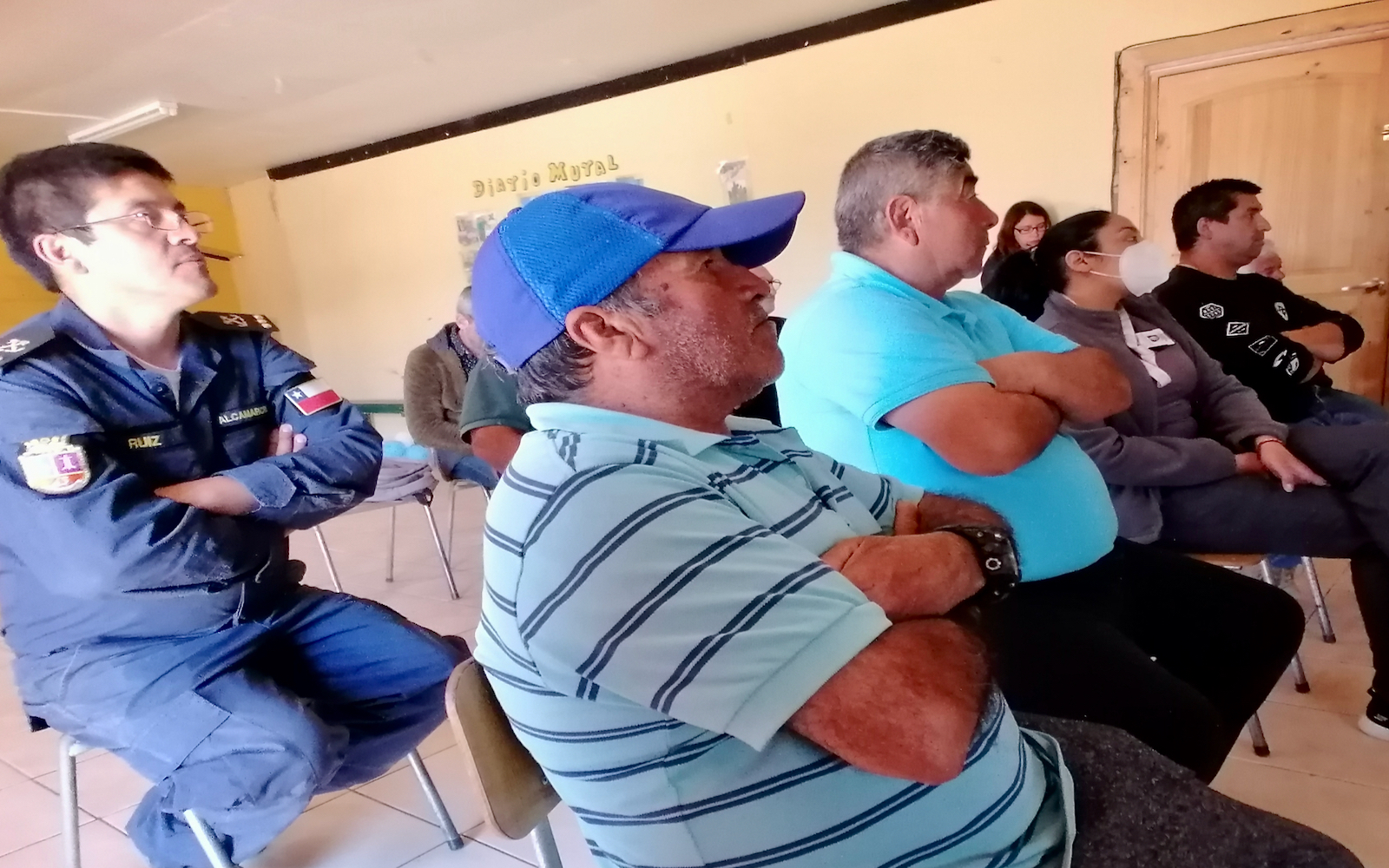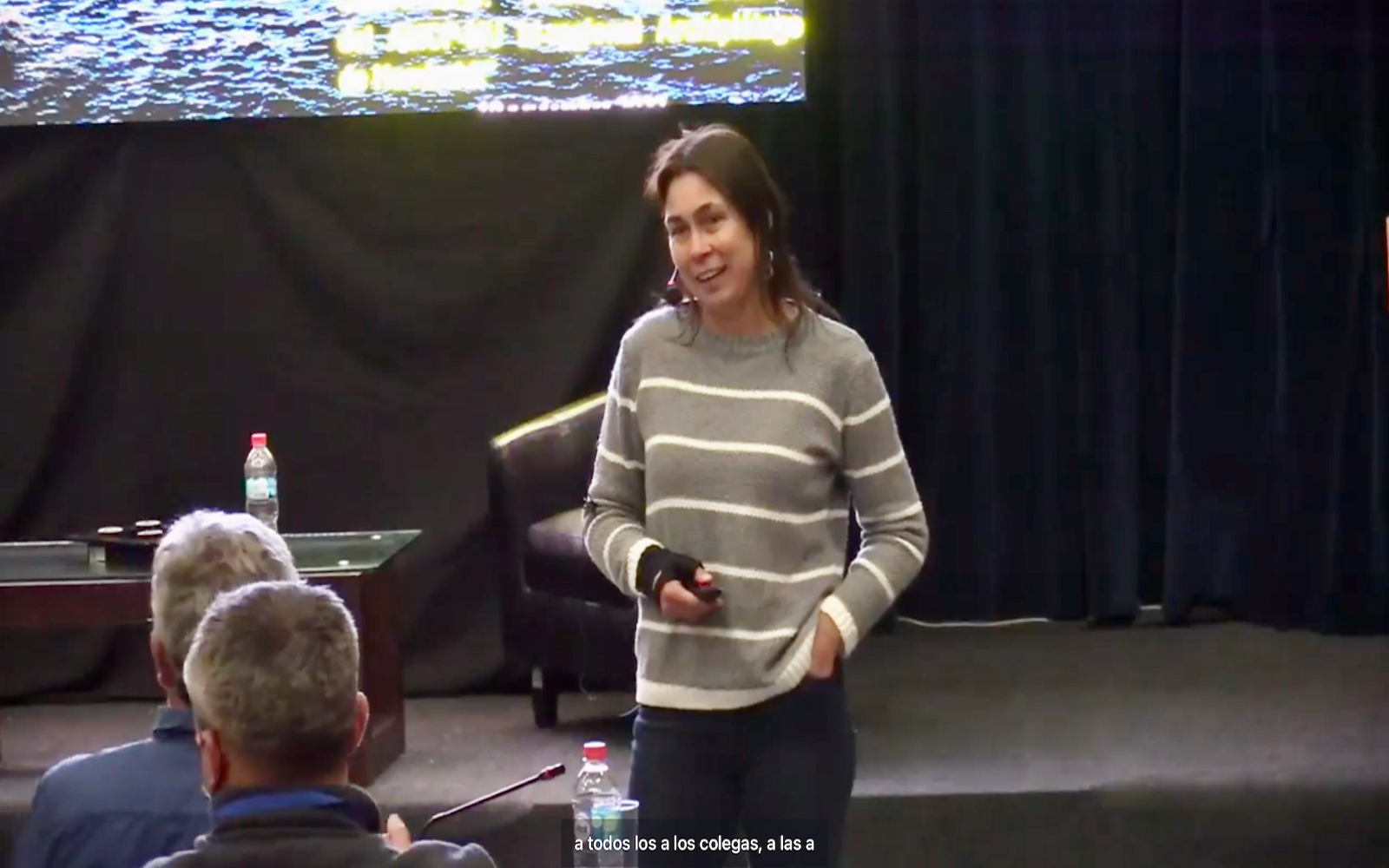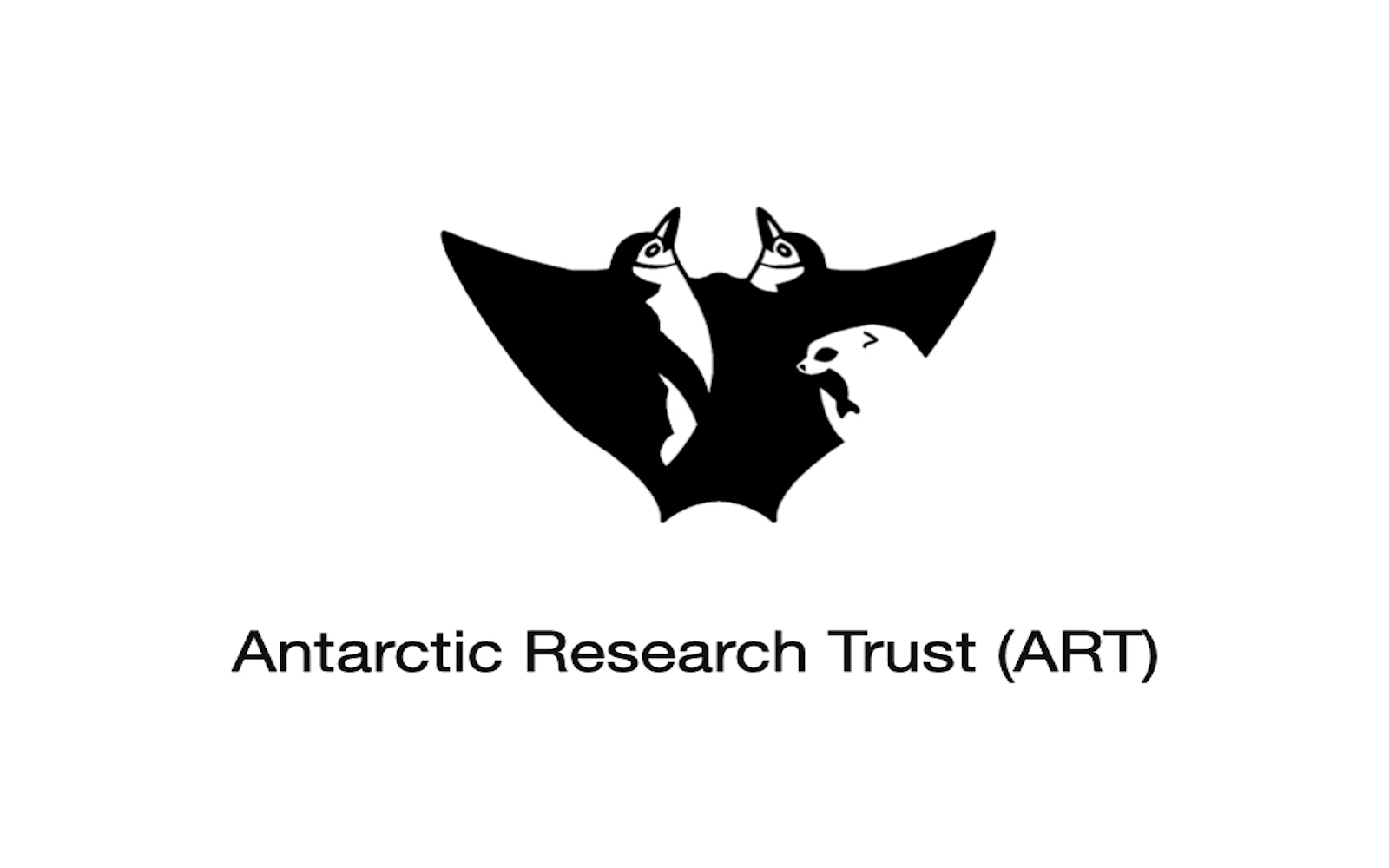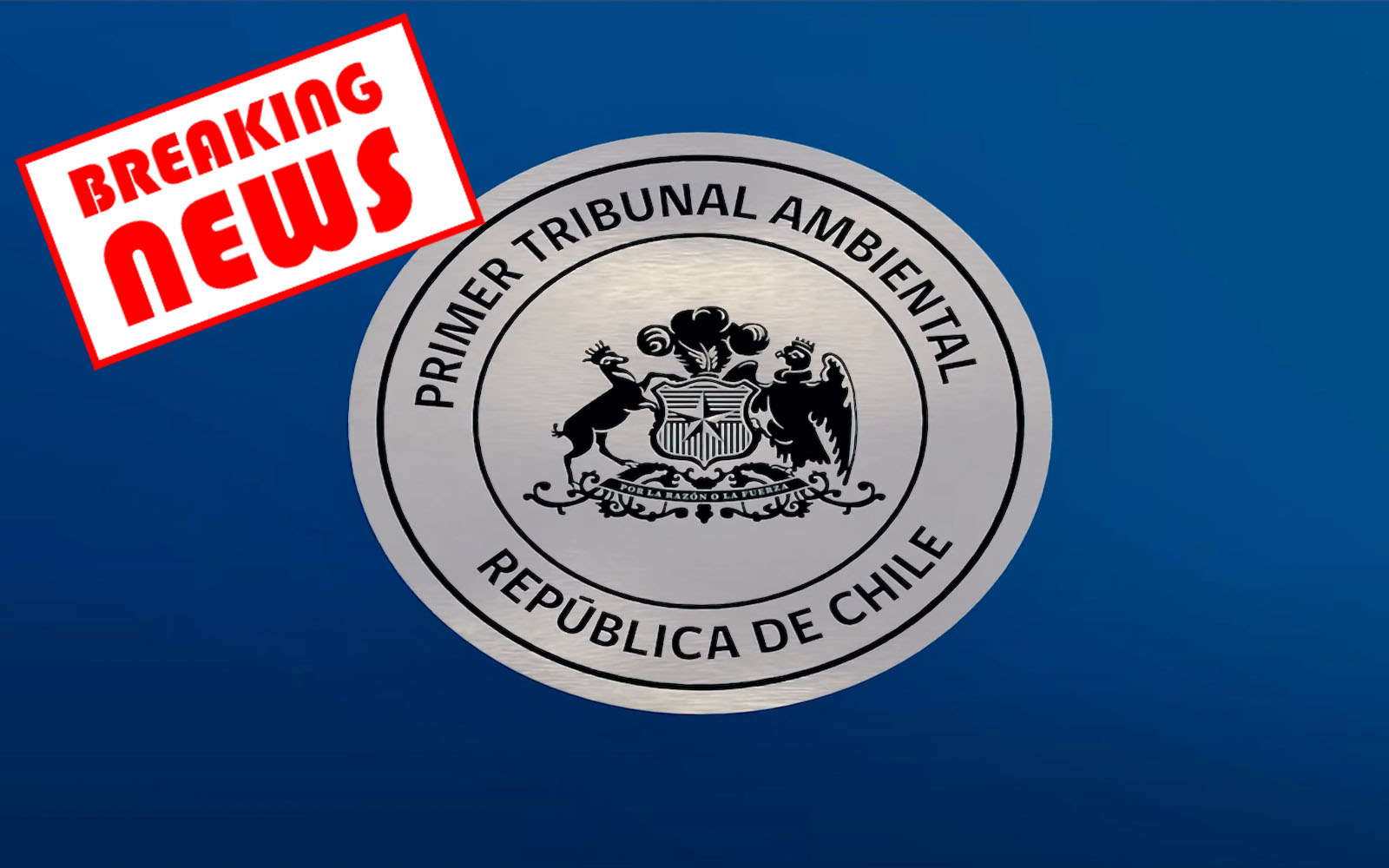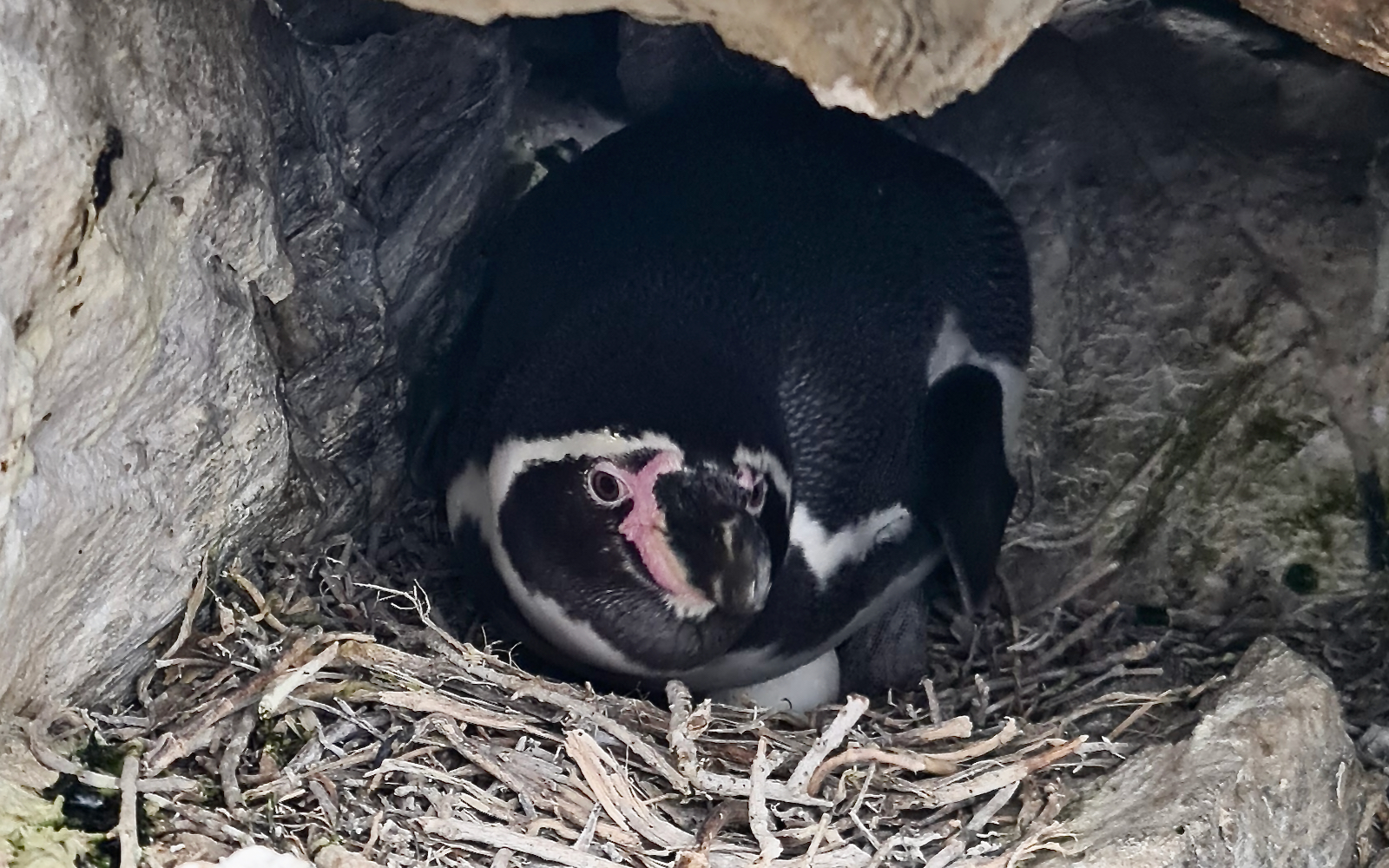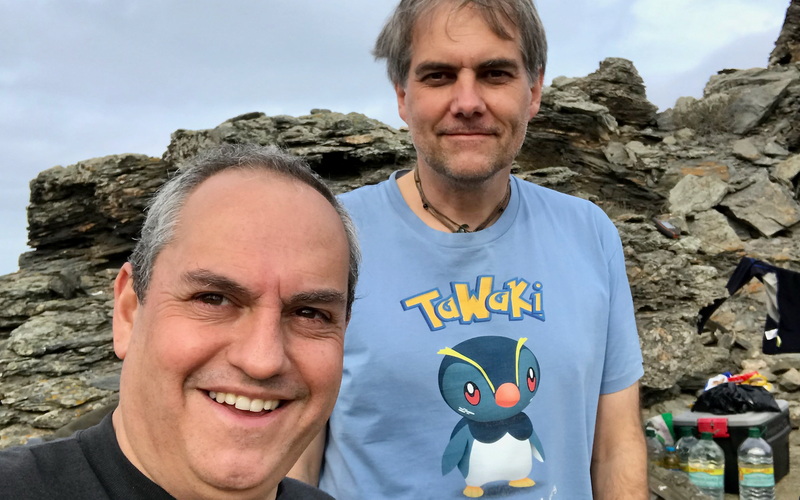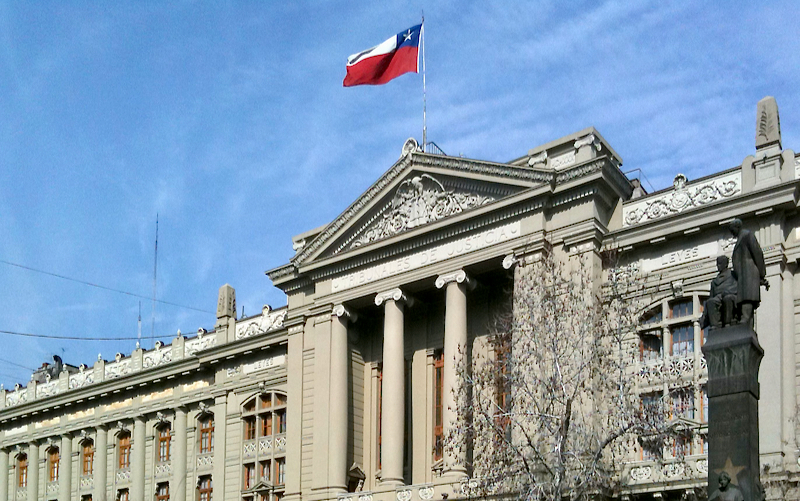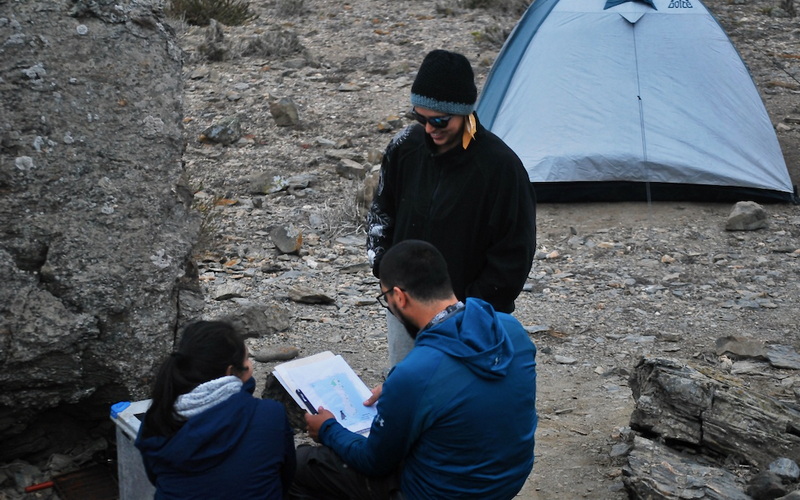La Serena, 19 December 2022.
The Coquimbo region is home to at least 80% of the world's population of the Humboldt penguin, a very special bird species that lives on the desert coast of Peru and Chile.
La Serena November 21, 2022.
Between October 17 and 21, a training for the prevention and treatment of accidents was held in the bays of Chañaral de Aceituno, Punta de Choros and Chungungo for diving assistants, shell divers and boat staff of the Humboldt Archipelago. The training was run by the experts Dr. Jean Ruffez, Plongeurs du Monde and Louis Rebboh.
La Serena, Landau 27 November 2022. Even before SPHENISCO was founded in 2008, citizens, scientists and environmental organisations were campaigning for the protection of the Humboldt Archipelago in northern Chile. Since then, the world-class ecosystem has repeatedly been threatened by large-scale projects and has permanently occupied the courts. Lawsuits are also currently pending, including the action for annulment brought by a citizen (see article under News). Following the decision of the Corte Suprema in May this year, the Boric government, the Committee of Ministers, must decide whether the approval of the large-scale project "Dominga" was correct and thus valid (see "Environmental court gives action...", News).
Landau, 27th October 2022
In 2022, teams led by Chilean researchers Dr Alejandro Simeone and Dr Guillermo Luna and New Zealand researcher Dr Thomas Mattern were commissioned by SPHENISCO to study diving and feeding ecology of Humboldt penguins during the breeding season on Choros Island in northern Chile. The research project has been and will continue to be funded by Dresden Zoo, the Friends of Hagenbeck Zoo, Hamburg and the Species Protection Foundation Karlsruhe Zoo.
The article "Tribunal Ambiental admite acción que busca anular calificación favorable del proyecto Dominga" – was published in the Chilean monthly El Ciudadano, based in Recoleta, Santiago.
Santiago, October 2022
The First Court for Environmental Issues of Antofagasta, Northern Chile, has allowed an action for annulment, the aim of which is to invalidate the decision by which the SEA (Environmental Impact Assessment Service) classified the controversial Dominga Mining and Port Project as environmentally-friendly. The citizen was entitled to file a lawsuit, because she had submitted comments during the environmental impact assessment procedure. She wants to prove that the procedure of the Regional Evaluation Commission (COEVA) is ineffective or illegal.
Dunedin, New Zealand 11th of July 2022
I actually made it back to New Zealand, even though the return flight turned into a mammoth undertaking due to flight delays and missed connections. In the last few days I have tried to get over the jet lag and only ventured into my office today.
Alejandro and I had ample time to discuss our expedition and draw a first conclusion before my departure. And to cut a long story short - I think the trip was extremely successful!
Choros Island, Coquimbo Region, Chile, June 13, 2022
June 13 - Day 1
We have indeed made it and arrived on Isla Choros. And we have cutting-edge mobile phone reception here – unbelievable for me! So I won't miss the opportunity to send you a short expedition report. (sorry in advance for any spelling or grammar mistakes - I'm typing all this on my cell phone while lying in my tent).
Santiago, Landau 26 May 2022
On 18 May, the Corte Suprema (Supreme Court) dismissed appeals by affected citizens and environmental organisations against the ruling of the Antofagasta Environmental Court of 16 April 2021. At the time, the Environmental Court had found that sufficient information on the conditions of the sensitive ecosystem had been available during the environmental assessment of the "Dominga" mining and port project. The 3rd Chamber of the Corte Suprema apparently wanted to avoid a judgement. First the chamber initiated mediation (see article "Can it be 10 percent more destruction?"). Now, too, the court did not make a decision on the merits, but stated that the approval procedure had not yet been completed. With this reasoning, the Supreme Court left the decision to the Ministerial Committee of the Boric government.
Landau 16. April 2022
In the past southern spring and summer, the first surveys were carried out in the six-year project, "Research for Survival" (1) (2). The research group led by Dr. Guillermo Luna (University of Coquimbo) documented the breeding success on the islands of Choros and Chañaral, while the group led by Dr. Alejandro Simeone (Andrés Bello University, Santiago) determined the population of breeding pairs on important breeding islands. Due to bad weather conditions, e.g., strong swells, only five instead of nine planned breeding islands could be counted. The omitted counts will now be made up for in April and May, 2022.




